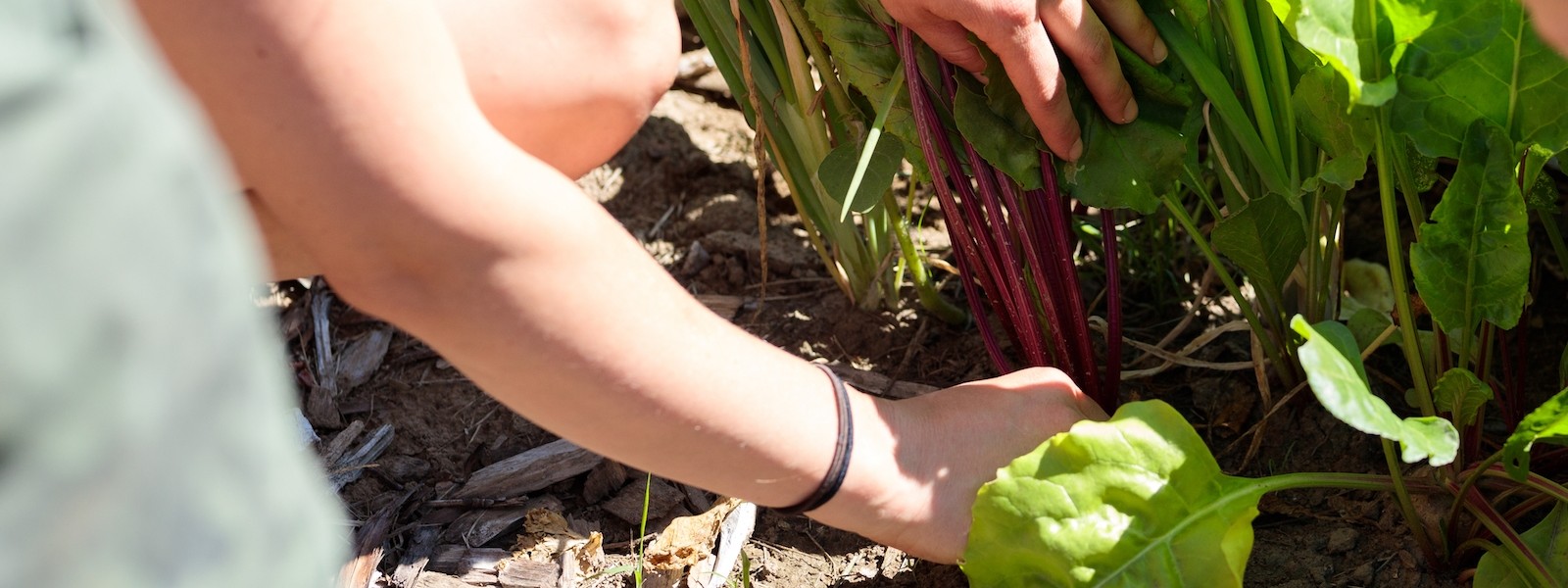Cover Crops
Got an area in the garden that just is not going to get planted? Try a cover crop! Cover crops are crops that are grown simply to enhance soil quality, rather than to directly produce food for people. Cover crops provide food for the living soil.
When planted to grow during the growing season, cover crops are referred to as smother crops. They’ll smother weeds and turn an otherwise fallow or weedy place in to a nutrient producing area, enhancing your soil quality and reducing your weed problems.
Oats and field peas add nitrogen and organic matter beneath the soil, and are a good weed suppressant too. The tops winter kill which makes for easy spring plowing and planting. If they should go to heavy flower before frost, mow them and incorporate the green matter. Letting them flower is not the worst, but you lose nutrients in the blossom and seed. If you plant your peas and oats cover crop in late July or early August, the timing should be right for a frost kill and optimal soil enrichment.
You can buy cover crops seeds through various catalogue companies like Johnny’s Select, Fedco, High Mowing in New England or Garden’s Alive in Indiana.
Good summer cover crops
Oats can be planted quite early in the spring and through early September in the northeast. Their soil planting temperature is optimally above 40 degrees. Oats have a six to ten week growing season before they need to be mowed. Then they can be turned under for the next planting or left in the field to allow the leaves to decompose a bit and then provide mulch through the summer, before they are tilled in.
Field peas are great for early spring cover cropping or through the summer. Not only are they a good source of nitrogen, but their flowers are also an early source of nectar for honeybees. Field pea residue breaks down quickly in the soil. Minimum soil temperature is 41 degrees F. Give them a couple of months to grow before mowing them down, ideally before they flower unless you are considering the bees. When planting peas, or any other legume, your success rate will increase by using and inoculate. Here is a good explanation of how to use innoculates.
Oats and peas together The oats give the peas something to grow up, and when the cover crops are mowed down the high nitrogen peas give the mixture a C:N ratio that promotes more rapid decomposition.
Cover crops for overwintering
Oats will winter kill, meaning they will turn brown and die over winter. This makes for a good planting place for early spring crops. Oats are an annual, they will not send out new growth in the Spring, unlike rye which is a perennial and will grow a vibrant green grass as soon as the weather warms again. Oats must be planted by early September in order to be an effective winter cover crop. The dried oat grass, brown matter, left in Spring is easily tilled under the soil and can be planted in as soon as the soil is warm and dry enough to cultivate.
Rye is a perennial grass that can withstand and sprout in much cooler temperatures than any other cover crop. You can plant rye into early October and still get enough growth to provide substantial cover over the winter. Rye will often stay green throughout the winter. In Spring, the rye grass starts to grow again as soon as the warmth and light increase. Rye makes a great cover crop for those places where you will be planting late Spring or early summer crops, but is not recommended for early Spring planting sites. Rye has allelopathic compounds that retard the growth of certain weeds and may suppress germination of small-seeded vegetable crops, not ideal for early Spring seeding. Note that incorporating rye, or tilling it under, can be difficult without equipment.
How to plant a cover crop
Prepare a good seed bed by tilling the soil in the entire area you want cover cropped. Scatter small-seeded types (the size of clover seeds up to small grains), rake in, tamp down to ensure good seed-to-soil contact, and water in well. For larger seed types such as peas, poke a hole with a dibble about 3/4-1 inch deep and set the seed in the whole.For larger plots use a dibble wheel and then lightly rake the soil to fill the holes. After seeding, add a light layer of mulch to conserve soil moisture and to help keep the birds from eating the seeds.
For more information about growing cover crops in Vermont, visit the University of Vermont Vegetable and Berry Growers website.
Interested in learning more? The Grower’s Library at Johnny’s Selected Seeds may have the information you’re looking for.

